Breadcrumb
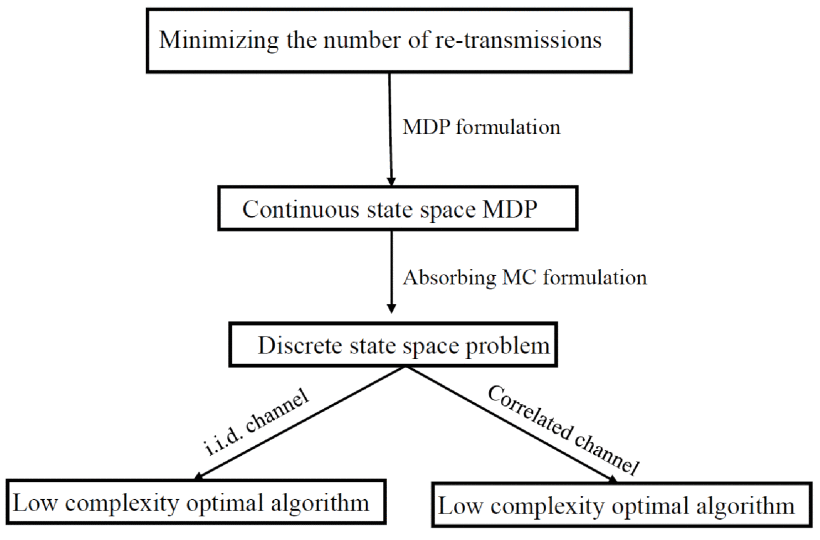
SWIPT Using Hybrid ARQ over Time Varying Channels
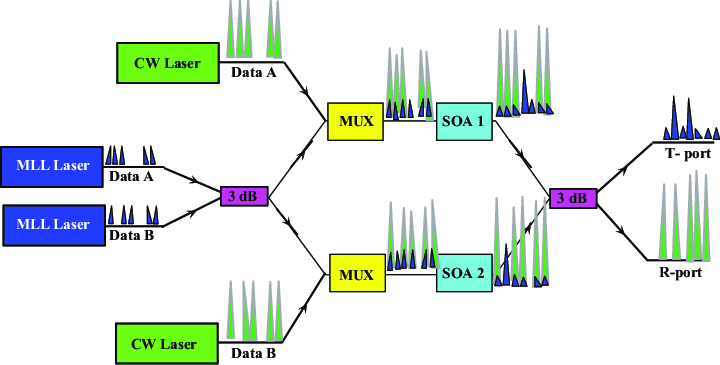
Network Coded Cooperation Receiver with Analog XOR Mapping for Enhanced BER
In this paper, we propose a novel physical layer decoding technique for Device-to-Device Network Coded Cooperation (NCC) receivers in the Two Way Relay Channel (TWRC) scenario. The proposed technique is efficiently applicable either when Channel State Information (CSI) are available at the receiver or not. It first employs XOR arithmetic analog mapping to extract a distorted version of the intended signal from the network-coded signal received from the relay. The obtained signal is then combined with the direct signal received from the source, resulting in a higher SNR version of the intended
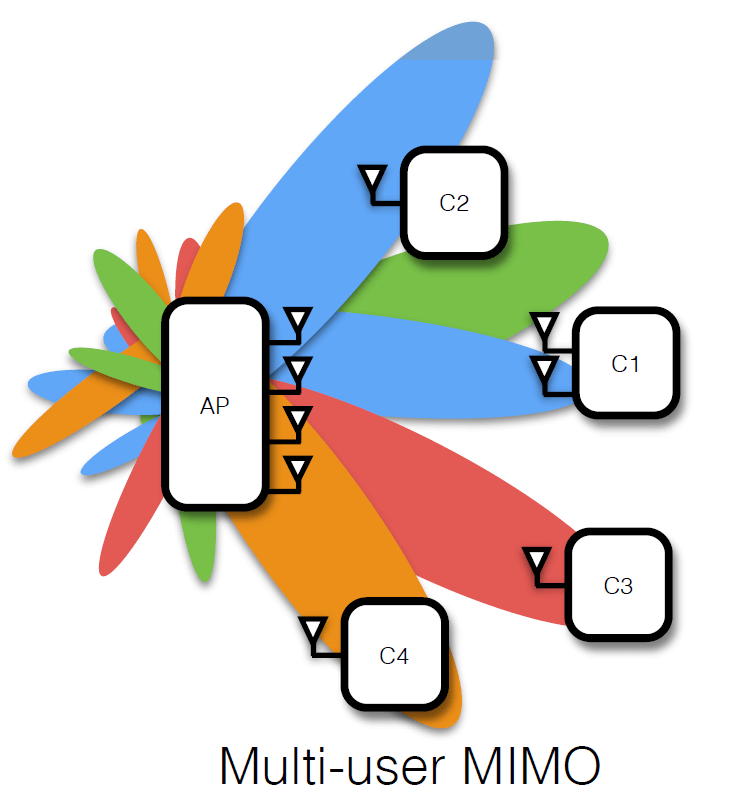
Multiuser MIMO relaying under quality of service constraints
We consider a wireless communication scenario with K source-destination pairs communicating through several half-duplex amplify-and-forward relays. We design the relay beamforming matrices by minimizing the total power transmitted from all the relays subject to quality of service constraints on the received signal to interference-plus-noise ratio at each destination node. We propose a novel method for solving the resulting nonconvex optimization problem in which the problem is decomposed into a group of second-order cone programs (SOCPs) parameterized by K real parameters. Grid search or
New achievable secrecy rate regions for the two way wiretap channel
This work develops new achievable rate regions for the two way wiretap channel. In our setup, Alice and Bob wish to exchange messages securely in the presence of a passive eavesdropper Eve. In the full-duplex scenario, our achievability argument relies on allowing the two users to jointly optimize their channel prefixing distributions, such that the new channel conditions are favorable compared to that of Eve. Random binning and private key sharing over the channel are then used to exploit the secrecy advantage available in the equivalent cascade channel and to distribute the available secrecy
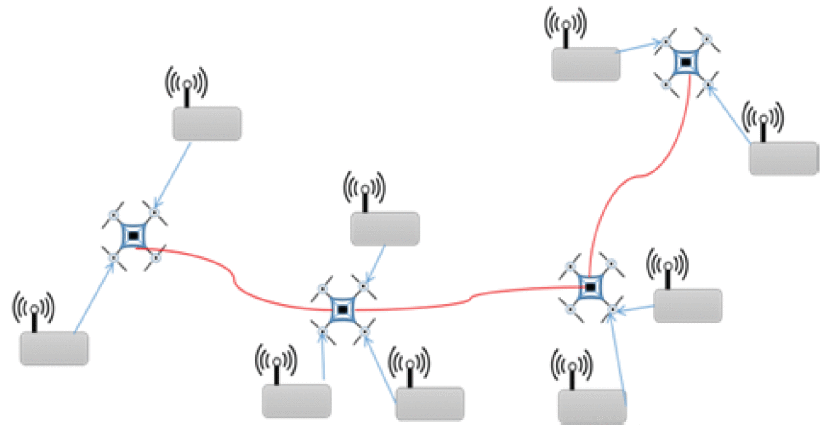
Swarm intelligence application to UAV aided IoT data acquisition deployment optimization
Neural Knapsack: A Neural Network Based Solver for the Knapsack Problem
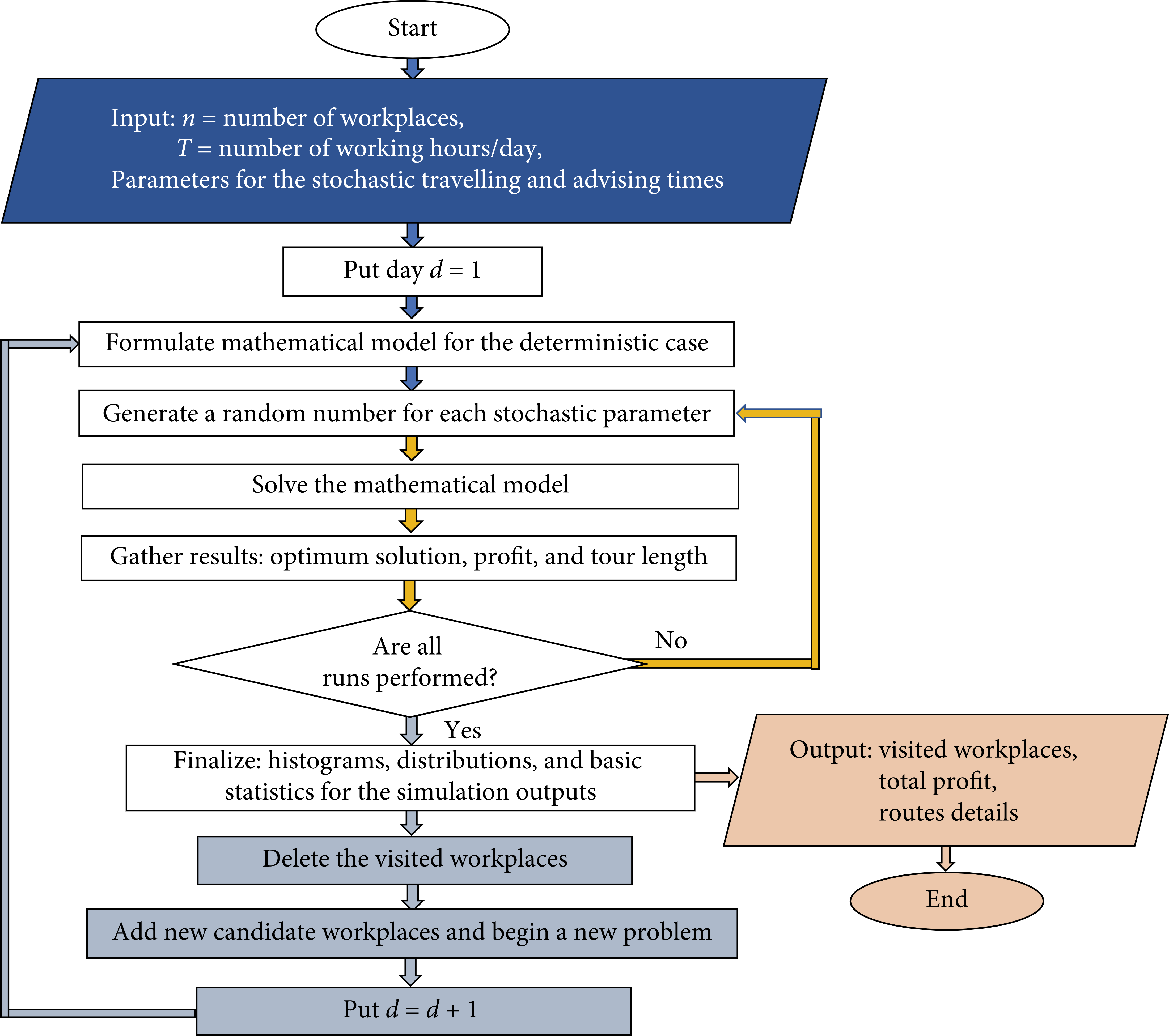
Stochastic travelling advisor problem simulation with a case study: A novel binary gaining-sharing knowledge-based optimization algorithm
Integrated VLC/RF Wireless Technologies for Reliable Content Caching System in Vehicular Networks
Analytical Markov model for slotted ALOHA with opportunistic RF energy harvesting
In this paper, we investigate the performance of an ALOHA random access wireless network consisting of nodes with and without RF energy harvesting capability. We develop and analyze a Markov model for the system when nodes with RF energy harvesting capability are infinitely backlogged. Our results indicate that the network throughput is improved when the conventional nodes are underloaded. On the contrary, when all types of nodes have finite backlogs, we numerically demonstrate that the network throughput and delay are improved when the overall system is overloaded. We show that there exists a
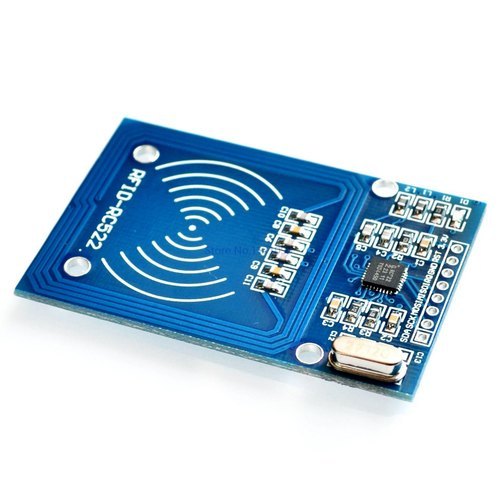
Multi-reader RFID tag identification using bit tracking (MRTI-BT)
In this paper we study the problem of tag identification in multi-reader RFID systems. In particular, we propose a novel solution to the reader-to-reader collisions and tag collisions in multi-reader systems, using the concept of bit tracking [1]. Towards this objective, we propose the multi-reader RFID tag identification using bit tracking (MRTI-BT) algorithm which allows concurrent tag identification, by neighboring RFID readers, as opposed to time-consuming scheduling. First, MRTI-BT identifies tags exclusive to different RFIDs, concurrently. Second, the concept of bit tracking and the
Pagination
- Previous page ‹‹
- Page 3
- Next page ››
